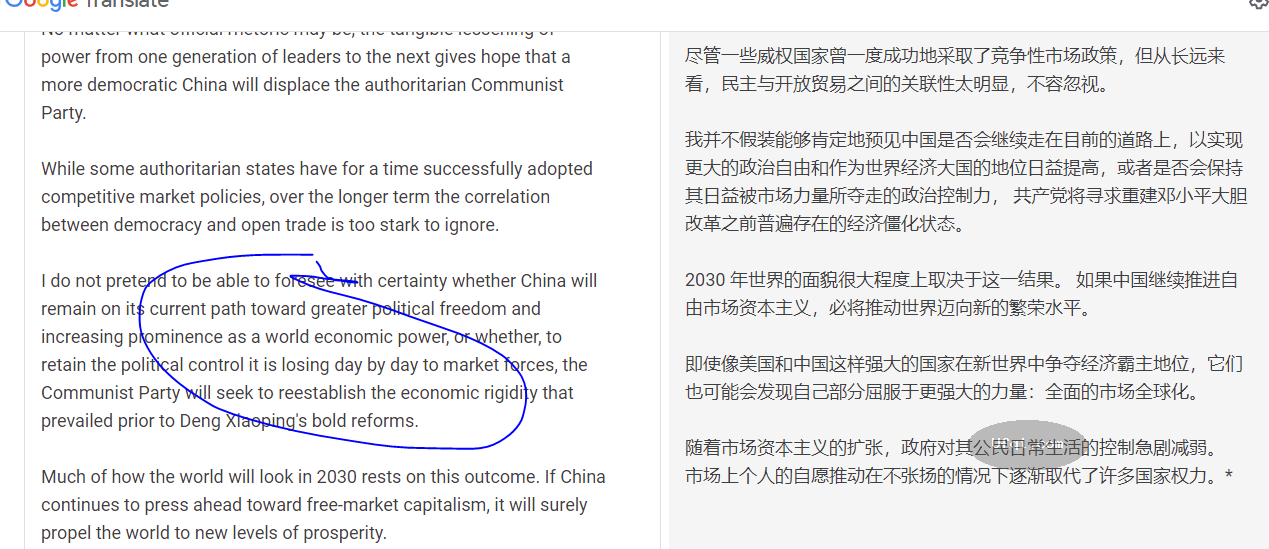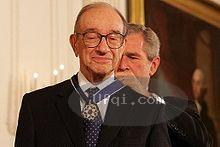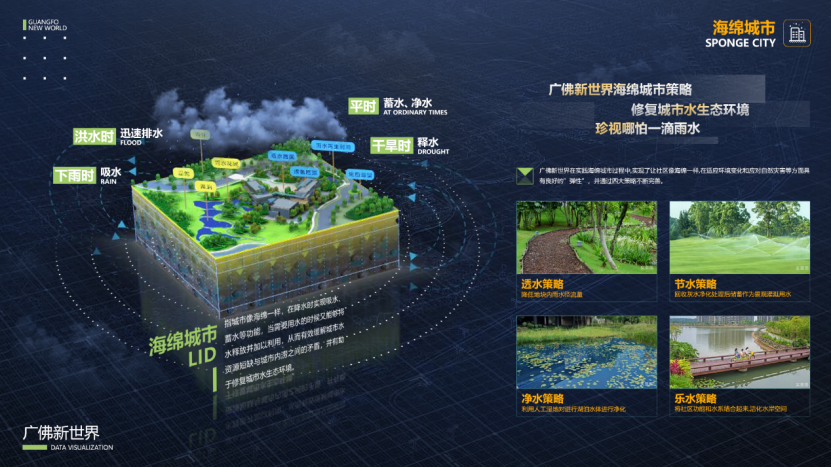


2023-11-19 , 9963 , 116 , 188
美联储主席格林斯潘回忆录--动荡年代:勇闯新世界-134:The Delphic Future-11
知识产权(英语:intellectual property),是人类用智慧创造出来的无形的财产,主要涉及著作权、专利、商标等领域。
音乐和文学等形式的艺术作品,以及一些发现、发明、词语、词组、符号、设计都能被当作知识财产而受到保护。
知识产权可以分为工业产权与版权两类,工业产权包括专利、商标、工业外观设计和地理标志,版权则包括文学和艺术作品等。
17世纪中叶,法国学者卡普佐夫在著作中首次提出“知识产权”一概念,这被视为“知识产权”一词的来源。
后来,比利时法学家皮尔第在此基础上,对知识产权的概念进行了发展;其将“知识产权”概括为“一切来自知识活动领域的权利”。
到1967年《成立世界知识产权组织公约》签订后,知识产权的概念得到世界上大多数国家所认可。
----
Today's version of that aspiring natural monopoly is Microsoft, with its remarkable dominance in personal computer operating systems.
Getting into a market early with the capability to define a new industry's template
fends off potential competitors.
Creating and cultivating this lock-in effect is thus a prime business strategy in our new digital world.
Despite this advantage, Microsoft's natural monopoly has proved far from absolute.
The dominance of its Windows operating system has been eroded by competition
from Apple and open-source Linux.
Natural monopolies, in the end, are displaced by technological breakthroughs and new paradigms.
Strategies come and go, but the ultimate competitive goal remains:
gaining the maximum rate of return, adjusted for risk.
Competition effectively works, whatever the strategy, provided free and open markets prevail.
Antitrust policy, never in my judgment an effective procompetition tool, is going to find its twentieth-century standards far out of date for the new digital age, in which an innovation can turn an eight-hundred-pound gorilla into a baby chimpanzee overnight.
The trend toward conceptual products is irreversibly increasing the emphasis on intellectual property and its protection—a second area of the law that is likely to be challenged.



The president's Council of Economic Advisors in early 2006 cited output by industries "highly dependent on patent.. . and copyright protection,"
such as pharmaceuticals, information technology, software, and communications, as accounting for almost a fifth of U.S. economic activity in 2003.
494
The council also estimated that a third of market value of publicly traded U.S. corporations in September 2005 ($15 trillion) was attributable to intellectual property; of that third, software and other copyright-protected materials represented nearly two-fifths, patents a third, and trade secrets the remainder.
It is almost certainly the case that intellectual property's share of stock-market value is much larger than its share of economic activity.
Industries with disproportionately large shares of intellectual property are also the most rapidly growing industries in the U.S. economy.
I see no obstacle to intellectual property's share of GDP rising into 2030.*
Before World War I, markets in the United States were essentially uninhibited by government regulations, but were supported by rights to property, which in those years largely meant physical property.
Intellectual property—patents, copyrights, and trademarks—represented a far less important aspect of the economy.
One of the most significant inventions of the nineteenth century was the cotton gin: perhaps it was a sign of the times that the cotton gin design was never effectively protected.
Only in recent decades, as the economic product of the United States has become so predominantly conceptual, have issues related to the protection of intellectual property rights come to be seen as significant sources of legal and business uncertainty.
In part, this uncertainty derives from the fact that intellectual property is importantly different from physical property.
Because physical assets have a material existence, they are more capable of being defended by police or private security forces.
By contrast, intellectual property can be stolen by an act as simple as publishing an idea without the permission of the originator.
Significantly, one individual's use of an idea does not make that idea unavailable to others for their own simultaneous use.
The major loser of GDP share by 2030 is likely to be U.S. manufacturing (excluding high tech).
Moreover, continued productivity growth will further shrink the number of jobs in
manufacturing.
495
THE AGE OF TURBULENCE
Even more to the point, new ideas—the building blocks of intellectual property—almost invariably build on old ideas in ways that are difficult or impossible to trace.



UfqiLong
From an economic perspective, this provides a rationale for making calculus, developed initially by Newton and Leibniz, freely available, despite the fact that the insights of calculus have immeasurably increased wealth over the generations.
Should the law have protected Newton's and Leibniz's claims in the same way that we do those of owners of land?
Or should the law allow their insights to be more freely available to those who would build on them, with the aim of maximizing the wealth of the society as a whole?
Are all property rights inalienable, or must they conform to the reality that conditions them?
These questions bedevil economists and jurists, for they touch on fundamental
principles governing the organization of a modern economy and,
hence, its society. Whether we protect intellectual property as an inalienable right or as a privilege vouchsafed by the sovereign state, such protection inevitably entails making choices that have crucial implications for the balance we strike between the interests of those who innovate and those who would benefit from innovation.
My libertarianism draws me to the initial conclusion that if somebody creates an idea, he or she has the right of ownership.
Yet the creator of an idea automatically has its use.
So the question is: should others be restricted from using the idea?
It is at least conceivable that if the right to exclusive use of ideas cumulated through enough generations, some far future newly born generation would find all ideas necessary for survival already legally spoken for, and off-limits without the permission of those holding the rights to the ideas.
Clearly the protection of one person's right cannot be at the expense of another's right to life (as it would be in such an instance), or the magnificent edifice of individual rights would harbor an internal contradiction.
While far-fetched, this scenario nonetheless demonstrates that if state protection of
some intellectual creations possibly violates others' rights and hence should be invalid, then some intellectual creations cannot be protected.
Once a general principle is breached, where does it end?
In practice, of course, only a very small segment of intellectual creation has been chosen for protection tinder the legal constructs of patents, copyrights, and trademarks.
496
(未完待续, To be contd)



🔗 连载目录
🤖 智能推荐
















